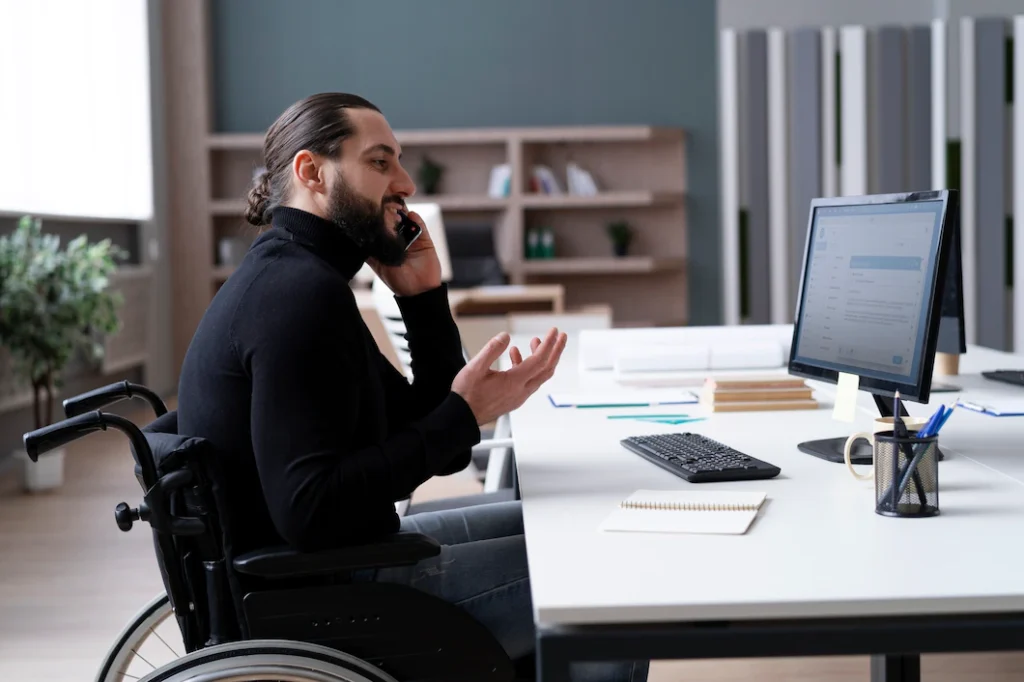Diversity, equity, and inclusion (DEI) efforts have reached record heights. Many companies have dedicated entire positions to DEI. While some have even appointed a DEI role at an executive level, others have made it a component of human resources to engage external providers to partner in the delivery of in-house DEI initiatives. While initiatives such as staff training are common, few consider the importance of spacial (spatial) and inclusive design. Spacial inclusion is the ability of physical spaces to allow people with a range of needs to access and occupy these spaces without any barriers. A key aspect of spacial inclusion is the notion of inclusive workplace design.
Inclusive workplace design ensures the workplace environments are accessible and inclusive of various human needs. A well-designed workspace creates an environment where everyone feels included, regardless of gender, race, or level of ability. Inclusive workplace design aims to ensure the workplace environment is free from barriers, including those that hinder engagement. This may include the use of adjustable desks and chairs, wheelchair ramps and accessible toilets, to name a few.
Inclusive workplace design is about creating a positive and respectful environment to meet the needs of employees. It’s about acknowledging a diverse workforce and creating environments that support employees’ needs – whatever those needs may be. One of the most important aspects of a successful business is ensuring the workplace environment, equipment, and facilities are accessible and inclusive of all employees. This is not an afterthought to be put on the back burner but rather something fully integrated into all aspects of business planning – from design and build to management, training, and maintenance. Inclusive workplace design is a design practice that requires looking at the environment, facilities, and people to create spaces that cater for all. It’s about appreciating the interconnectedness of people to their physical work environments and designing spaces that do not disadvantage some from engagement.
Providing access and inclusion for all employees provides a psychologically safe work environment and is also good for business. Businesses that are equitable, inclusive, and accessible enjoy 2.3 times higher cash flow per employee and outperform their competitors by 19%. Companies benefit from engaging in ethical business practices that address bias and exclusion at all company levels. Workplaces benefit from increased productivity, access to expertise and diverse talent, heightened creativity and innovation, and greater customer satisfaction.
Designing an inclusive and accessible workplace also helps to attract the best talent. Whether recruiting, managing, or interviewing, your interview process must be inclusive and accessible for everyone. A physically inclusive workplace allows these processes to run more smoothly as barriers to access are removed, increasing the diversity of talent in the pipeline. By removing obstacles that may hinder diverse talent, businesses position themselves to attract and retain the best possible talent, creating a competitive edge in the market.
These benefits extend beyond your team, improving relations with key stakeholders, including customers and improving the company’s overall public image. Designing inclusive physical workplace environments makes good business sense because everyone profits from more equitable, accessible, and inclusive workplaces.

